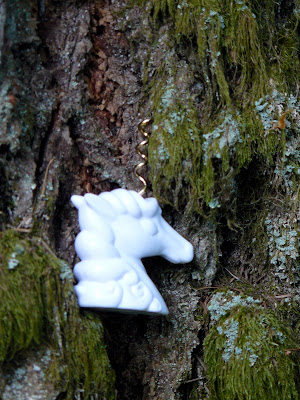We visited on July10 and fawn lilies were still blooming (the parking lot is above 3000 feet in elevation)
 |
| Bear Grass, another lily, is also common here |
Saskatoon, also called service berry or June berry, is common throughout the Gorge.
 |
| Looking downslope from the viewpoint on top of Larch Mountain |
 |
| Several mountains are visible from the viewpoint |
Rock Penstemon, which we saw earlier on Beacon Rock, blooms here. Larch Mountain (elevation just over 4000 feet) is a shield volcano, similar in formation to the Hawaiian volcanoes, with typically smooth, flowing lava. Our big mountains, Hood, Adams, Jefferson, Rainier, St. Helens, are all composite volcanoes, which have violent eruptions of gas, ash, and rocks.
 |
| Mr. Thornsby admires Mt. Adams |
Snow on the trail. In addition to the trail leading up to the top of the mountain, another trail goes around Larch Mt. and down to Multnomah Falls.



























